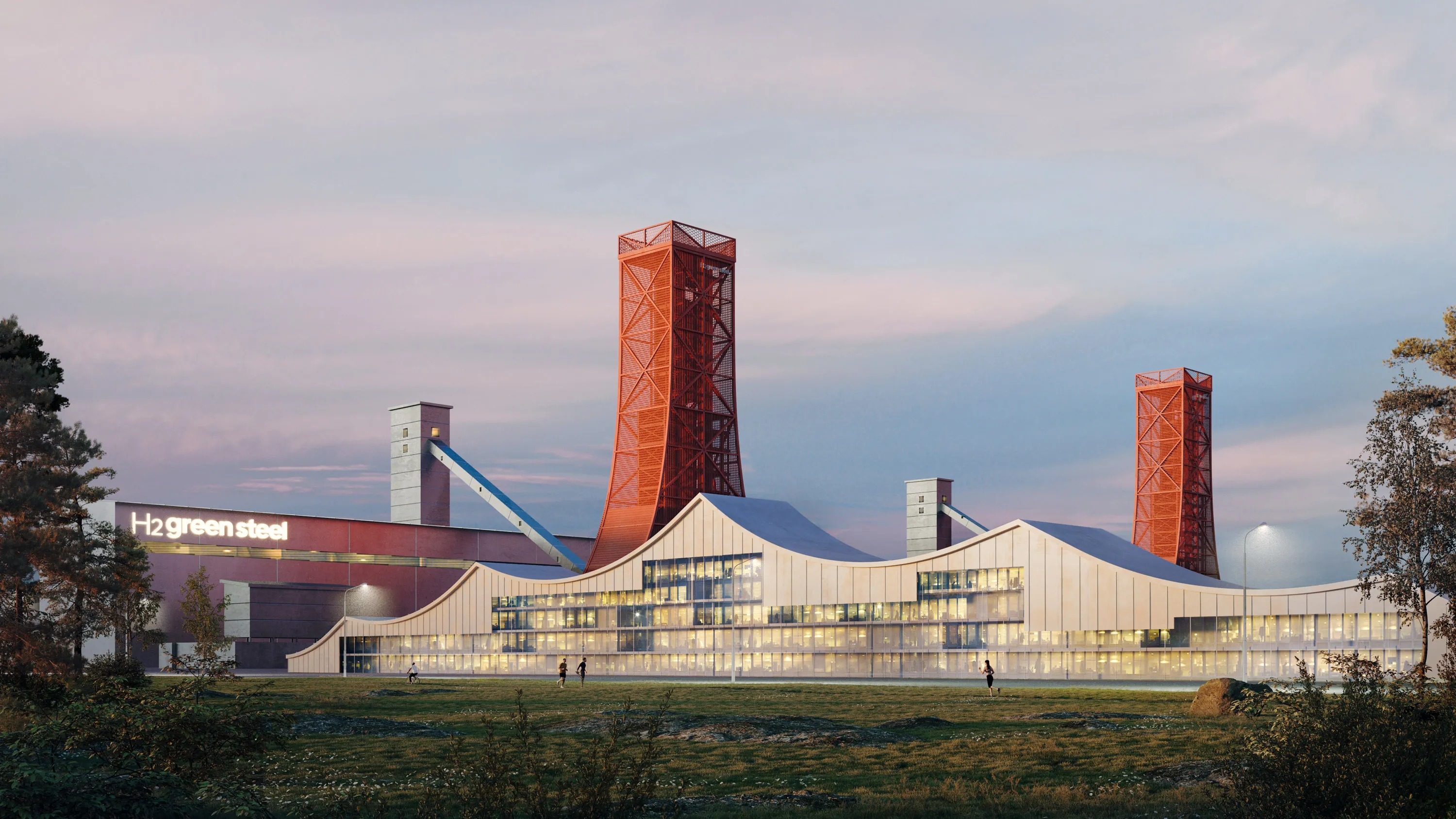Green Steel Market Forecast: How Eco-Friendly Steel is Reshaping the Industry

Introduction
The steel industry has long been a cornerstone of global infrastructure and economic development. However, it is also one of the largest contributors to carbon emissions, accounting for approximately 7-9% of global CO2 emissions. In response to the urgent need for decarbonization, the concept of green steel has emerged as a transformative solution. Green steel aims to reduce or eliminate carbon emissions during production, offering a more sustainable alternative to traditional steelmaking processes.
Market Forecast: The Growth of Green Steel
The green steel market is expected to witness significant growth over the next decade. Industry analysts predict a compound annual growth rate (CAGR) of over 10%, with increasing investments from governments and private sector players. Several factors are contributing to this expansion:
-
Rising Demand for Sustainable Infrastructure: The construction and automotive industries are shifting toward greener materials to meet net-zero goals.
-
Advancements in Hydrogen-Based Steelmaking: Technologies such as hydrogen-based direct reduction (H2-DRI) and electric arc furnaces (EAF) are becoming more commercially viable.
-
Supportive Policies and Carbon Pricing: Governments are implementing stricter emission regulations and providing subsidies for green steel production.
-
Increased Investment in Renewable Energy: Wind, solar, and hydropower sources are being integrated into steel production to reduce dependence on fossil fuels.
-
Growing Consumer Awareness and Corporate ESG Commitments: Companies are prioritizing sustainability, leading to greater demand for eco-friendly steel.
Challenges Facing the Green Steel Market
Despite its potential, the green steel market faces several challenges:
-
High Production Costs: The initial capital investment required for hydrogen-based and renewable-powered steel production remains significantly higher than conventional methods.
-
Infrastructure Limitations: Hydrogen production, storage, and transportation infrastructure are still under development, limiting large-scale adoption.
-
Supply Chain Constraints: The availability of green hydrogen and scrap steel impacts production scalability.
-
Market Adoption and Scalability: Industries must adapt their supply chains and invest in long-term green steel solutions.
-
Technological Maturity: Some green steel production methods are still in early stages and require further development to become commercially viable.
Opportunities in the Green Steel Market
The transition to green steel presents several lucrative opportunities for stakeholders:
-
Expansion of Hydrogen Infrastructure: Investing in green hydrogen production and distribution will enable cost reductions and wider adoption.
-
Strategic Partnerships and Collaborations: Steel manufacturers, renewable energy companies, and policymakers can collaborate to accelerate green steel adoption.
-
Emerging Markets and Developing Economies: Countries aiming to build low-carbon infrastructure can be key markets for green steel investments.
-
Circular Economy and Recycling: Increased use of recycled steel in electric arc furnaces (EAF) can complement green steel production.
-
Government Incentives and Subsidies: Financial incentives and research grants can support industries in transitioning to sustainable steel manufacturing.
Future Outlook
The green steel market is expected to experience significant growth in the coming years. By 2030, hydrogen-based steelmaking could become more cost-competitive with traditional steel, driven by advancements in renewable energy and carbon capture technologies. By 2050, the industry could see a complete transformation, with hydrogen-based and electric steelmaking replacing carbon-intensive processes.
Conclusion
The green steel market is at the forefront of a sustainable revolution in the steel industry. While challenges such as high costs and infrastructure limitations remain, the increasing regulatory pressure, technological advancements, and growing consumer demand for eco-friendly materials present substantial opportunities. By leveraging strategic investments and policy support, green steel can pave the way for a low-carbon future and a more sustainable global economy.
- Art
- Causes
- Crafts
- Dance
- Drinks
- Film
- Fitness
- Food
- Spellen
- Gardening
- Health
- Home
- Literature
- Music
- Networking
- Other
- Party
- Religion
- Shopping
- Sports
- Theater
- Wellness


